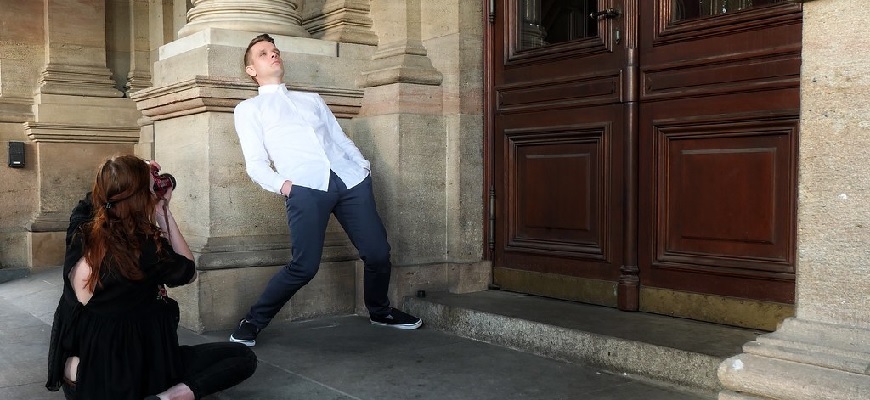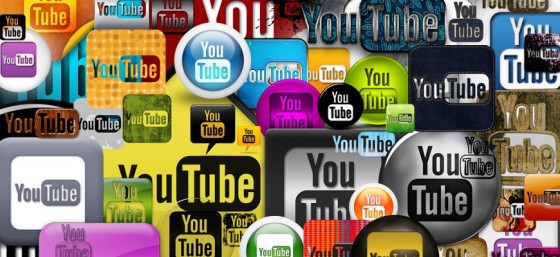
A photographer recently asked if they could use images if there was no model release signed when the images were taken, and the model has since passed away. Does a persons’ right of publicity survive death?
Anyone who knows me knows the answer to every legal question starts with, “It depends.”
Right of Publicity is a State-Level Law
A person has a right to control how their image is used for commercial purposes. These rights are governed by state-level laws. Unless there’s a contract that specifies otherwise, the state where the images were taken will likely be the state law that applies to your situation.
However, if you use the images without a model release, and the surviving heirs object, they may claim that the state laws where the model resided apply.
The Professional Photographers of America (PPA) created a white paper called Model Release that includes a list of the state statutes that pertain to model releases. Please note, according to the white paper, this list of statutes was accurate as of 2010, so it is best to verify that any laws that are applicable to you are still accurate.
In addition to statutes, there may be state-level common laws that pertain to model releases as well. These are based on case law that has come through the courts. If you need help researching case law, you should visit your local law library or consult a lawyer.
The Model May Have Other Rights
If the model was a celebrity or was a public figure, their name, image, likeness may be protected by other laws, such as trademark and/or copyright.
If the model owned these trademarks and/or copyright at the time of their death, these things would be passed on to others as stated in the model’s will or by statute if the model died without a will.
Websites May Require a Model Release
Even if you are not required to have a model release to use the images of the now-deceased model for commercial purposes – i.e., selling prints, licensing the images, or using the images in your portfolio for marketing purposes – there may be other restrictions on your ability to use the images, depending on where you want to display them.
There are online platforms where photographers can showcase their work that require a model release for every identifiable person in the image. If an identifiable person is deceased, the photographer must get a model release signed by the decedent’s heirs or next of kin.
Always Get a Model Release
Of course, all of these issues can be avoided by having the model sign a model release at the time of the photo shoot.
Lights Camera Lawsuit
There’s always a need for quality legal information for photographers. That’s why I created an online course called Lights Camera Lawsuit: The Legal Side of Professional Photography to address photographers’ most important questions. I want you to feel secure in your business, confident in the way you operate day-to-day, knowing that you’ve set yourself up to get paid what your worth without incident.
At $497, the course contains nearly six hours of legal information you can immediately apply to your business. That’s less than what I charge for two hours of legal work for clients!
Please subscribe for more information and to make sure you don’t miss out on any special offers or discounts.

